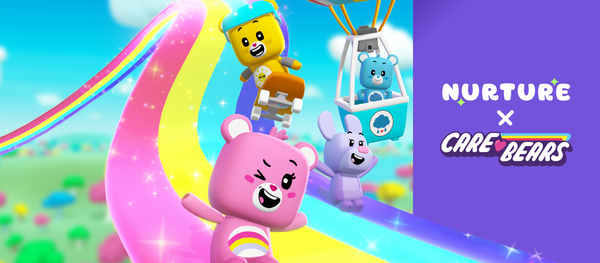Critical thinking for kids means learning to ask questions, make decisions, and solve problems — not just taking things at face value, but wondering why and how as they explore the world around them. Games are valuable tools to foster the development of critical thinking because they combine curiosity, creativity, and challenge.
Think back to a game you used to play as a child — Clue? Scrabble? Monopoly? All of these games require the player to be curious, creative, and challenge their critical thinking skills in order to succeed. Clue requires deductive reasoning, Scrabble requires flexible thinking, and Monopoly is all about strategic planning. All of these are critical thinking skills.
Digital games are also valuable tools for fostering critical thinking skills. When you think of them as just the modern version of our games — Clue, Scrabble, Monopoly — it’s easy to see why. However, unlike traditional games, digital games have seemingly boundless limits in the digital worlds they create, giving kids even more opportunities for creative, challenging, and curious adventures.
In fact, it’s hard to think of a digital kids’ game that doesn’t build critical thinking.
Screen time isn’t just a mindless way to pass the time. It is a tool to pique kids’ desire to explore, try new things, fail comfortably, and learn from their experiences.
What Is Critical Thinking — and Why Does It Matter in Early Childhood?
Critical thinking in early childhood (i.e., kids ages 4–7) means developing the ability to think deeply and flexibly about the world. It’s about pushing the brain to decipher not just what something is, but why it works that way and how to approach a problem when there’s no obvious answer.
At this age, it includes skills like:
- Understanding cause and effect
- Making predictions based on what they’ve seen or learned
- Evaluating choices and deciding between different options
- Asking questions that go beyond the surface
- Trying new strategies when the first one doesn’t work
Critical thinking skills help young children build confidence in their ability to think for themselves, make connections, and explore solutions with curiosity and creativity.
Why does it matter?
Early childhood is when kids are learning to take initiative and build confidence in their abilities. It’s when they’re starting to realize that even if I don’t know what to do yet, I can trust myself to figure it out.
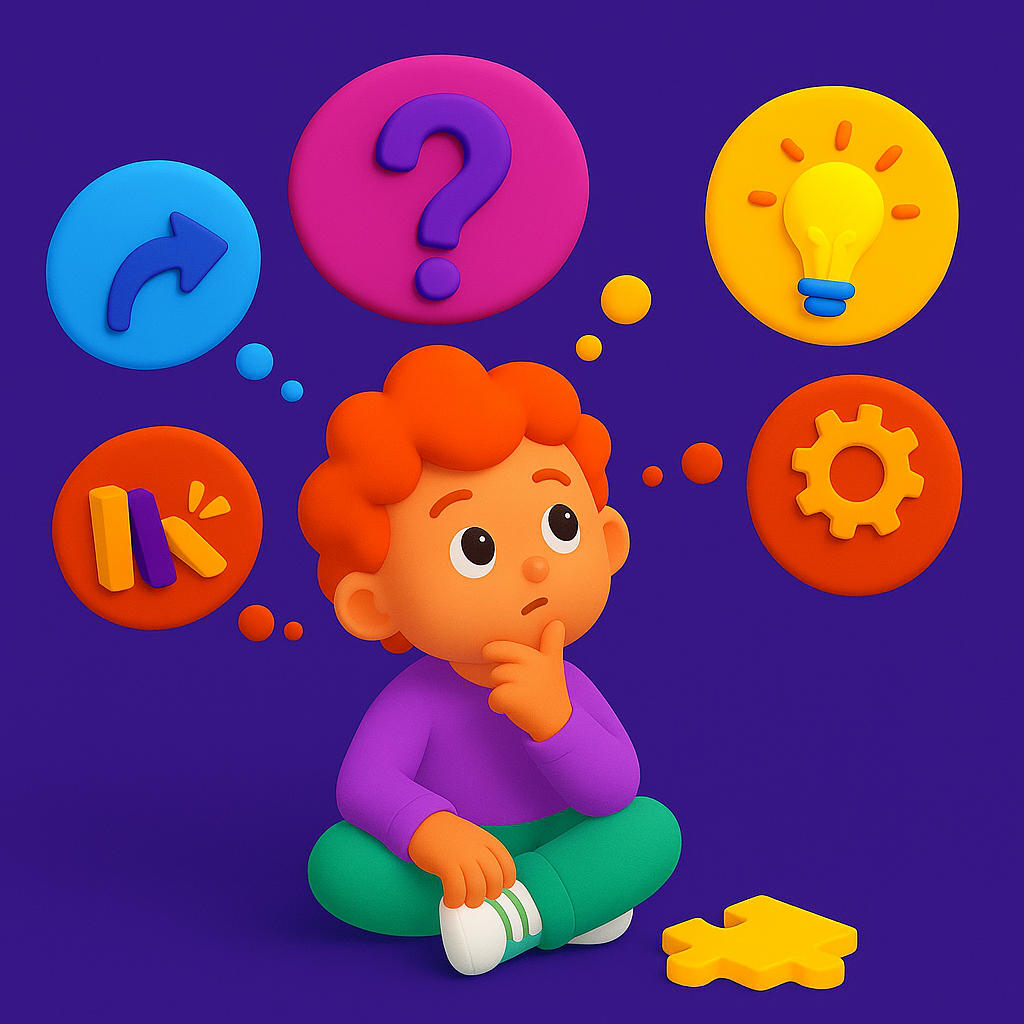
When kids ask questions, solve problems, and try a new approach, they’re building cognitive skills as well as strengthening their resilience, autonomy, and ability to think flexibly. These are not often skills taught at school at this age, where the priority tends to be absorbing information — knowing the alphabet, identifying animals, and understanding the order of the world. At this age, there’s a lot to take in, and that means there is less time to question, “Why?”
Digital games can help fill this critical gap. In games, kids have the agency to learn and question in a way they aren’t necessarily able to in school or at home. It gives kids the chance to think, “Why did that happen? What can I try instead?”
This, in turn, helps them build the skills they’ll need to succeed in further schooling, such as logic and decision-making. Even solving the smallest of problems builds that sense of self-efficacy and the emotional confidence to persevere through independent learning and emotional regulation.
By supporting kids in asking “how” and “why,” we’re giving them tools they can use far beyond the screen to better navigate everyday challenges.
How Digital Play Builds Thinking Skills Differently Than Traditional Media
Even for kids, modern life is stressful. Passive screen time gives us all a way to relax, enjoy some entertainment, and reflect on our culture and experiences. It can also be great to supplement the “information gathering” that is emphasized at this age.
However, active screen time can also give our kids a way to develop life skills that help them thrive later on. With gaming, you have to actively deduce, figure out a strategy, navigate the map, and take the initiative.
This is, at least partially, because games offer interactive feedback loops. Games let you know if you’re successful on a given task with a sound, a notification, and sometimes even a trophy. Games are also great at scaffolding learning, dynamically adjusting difficulty to keep the game fun while remaining challenging enough to make it compelling and rewarding.
Ever hear your child talk about “being in the zone” or noticed that sometimes they lose track of time when they are playing a game they are really enjoying? That may be because they are being optically challenged, perfectly scaffolded, to continue through what adventures the games have to offer (which is sometimes also referred to as being in a state of “flow”).
The other thing to consider is that when they’re playing a game, kids have the agency to do things their way. They don’t always have those opportunities at school or home. But in the digital world, they can safely take initiative and even fail without long-term repercussions. They can experiment without blowing up the lab. These opportunities are exciting to kids and parents alike! Kids get to explore the boundaries of their digital space and, while doing so, practice real skills.
Nobody’s telling them how to do it — they have to figure that out on their own. They’re not just looking at a screen. They’re navigating, planning, and experimenting.
Real-Life Thinking Skills Kids Can Practice in Games
Digital games let kids have a safe, playful space to exercise their brains. Let’s discuss five critical thinking skills through the lens of a digital game and an off-screen experience.
Cause and effect
Kids can use in-game experiences to understand how actions impact outcomes.
In a game like Angry Birds, they might think, “If I launch this bird at that tower, what will happen?” Off-screen, that can lead to a realization of, “If I push this toy too hard, it might break.”
The game can help them figure out the why/how behind certain situations, a foundation of critical thinking.
Strategic planning
Games can help kids learn to look ahead, consider logic and goals, and make thoughtful decisions.
They might go from planning out steps to craft a tool in Minecraft or figuring out the fastest, most treasure-rich route in Mario Kart, to putting on their clothes in the proper order and building a kingdom out of blocks.
Pattern recognition
Through on-screen interactions, kids can develop a knack for spotting relationships, rules, and predictable outcomes.
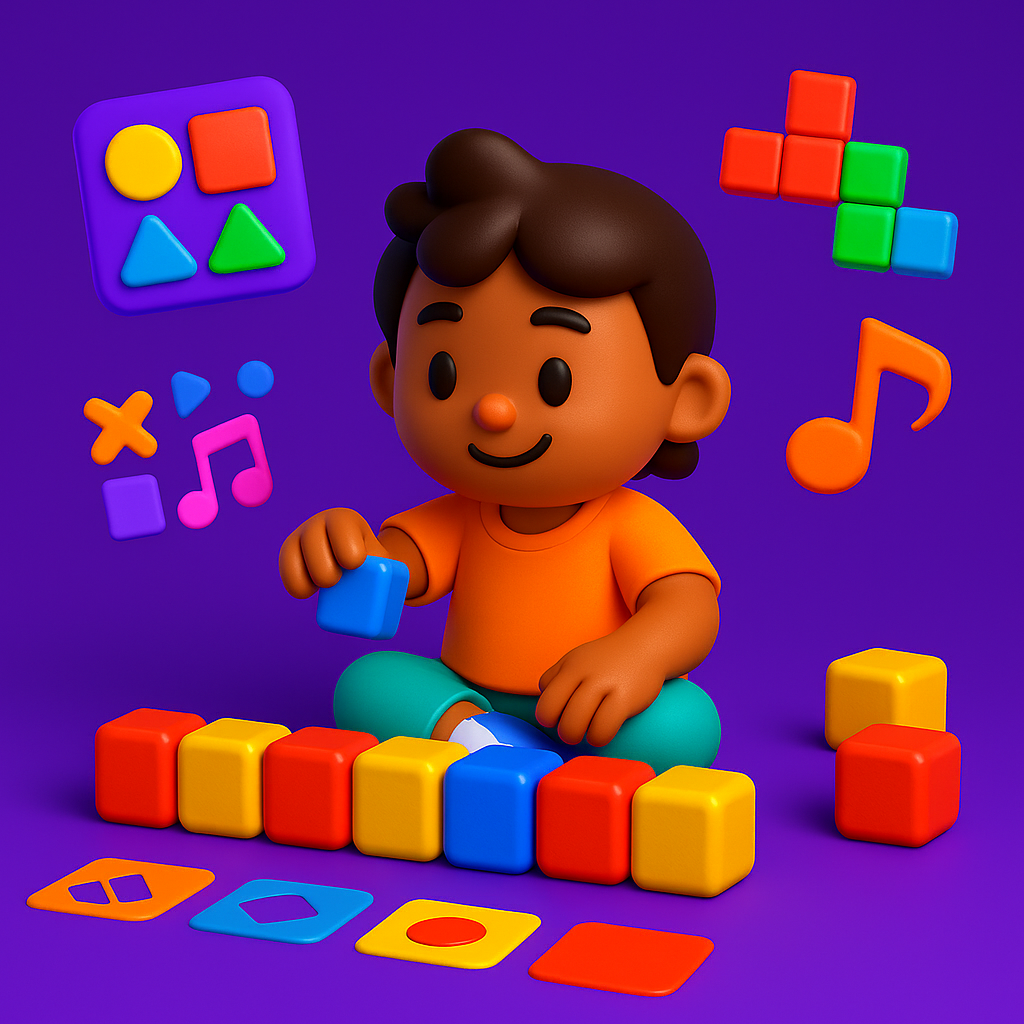
In digital games, pattern-spotting and logic challenges are everywhere in game design, from Tetris to The Legend of Zelda. They’re also everywhere in everyday life. Children can apply these talents to solidify daily routines, organize their toys, and interact more effectively with peers, siblings, and family members.
Flexible thinking
When playing a digital game, kids have to try and experiment with new strategies and methods if the first (or second, or third) way doesn’t work.
If the in-game path is blocked, the gate is locked, or the villains keep interfering with their route, they’ll keep trying new paths until they reach the goal. That same flexibility of thought, willingness to try new things, and use of creativity and resourcefulness is the same as when they hunt out a stool to reach a high shelf, turn a puzzle piece a different way, and drive their R/C car a different route.
In the game, kids can fail safely and adapt quickly. That’s essential for building the resilience and confidence they need to think critically and flexibly.
Working memory and focus
Kids need to learn how to hold information in their minds — and use it to solve problems.
Those Angry Birds, again: which one explodes and which one speeds up? In some games, look away for even a second — break concentration — and suddenly they’ve lost the level.
As those skills build, kids can get better at following directions. Asking them to go get their backpack, then put on their shoes (to avoid dirt all over the house), might have better results as they practice memory, focus, and concentrating not just on what is said or done, but in what order.
Each of these skills is foundational, not just for academics, but for navigating everyday challenges with confidence and curiosity. And because games naturally layer in rewards, feedback, and motivation, kids stay engaged while building them.
Recommended Games for Critical Thinking (Ages 4–7)
Not all games are created equal, but not every game that builds critical thinking skills looks outright “educational.” For young kids, ages 4-7, there are plenty of age-appropriate games. The best ones spark curiosity, encourage exploration, and give them space to try, fail, and try again.
Here are a few of my favorites.
Angry Birds
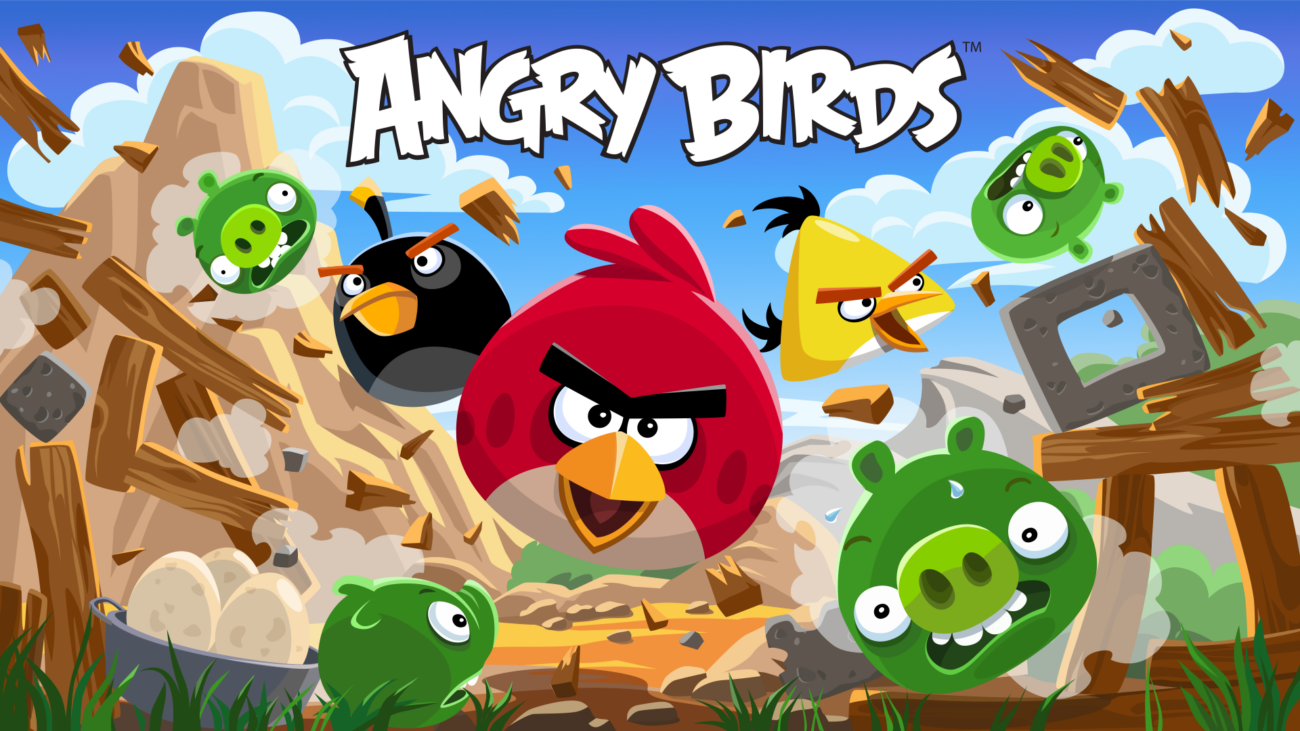
Yes, the previously viral Angry Birds game is a perfect choice to teach deductive reasoning, evaluation, and experimentation. Kids have to infer and deduce what the different birds do. Some explode, some go slower — but they only know by trying and failing and trying again.
Simple controls make this one easy to play without any frustration getting in the way of development. The underlying mechanics also build analysis, observation, and problem-solving skills. Plus, it’s available as a smartphone app, so it’s one you can always have on you.
Minecraft
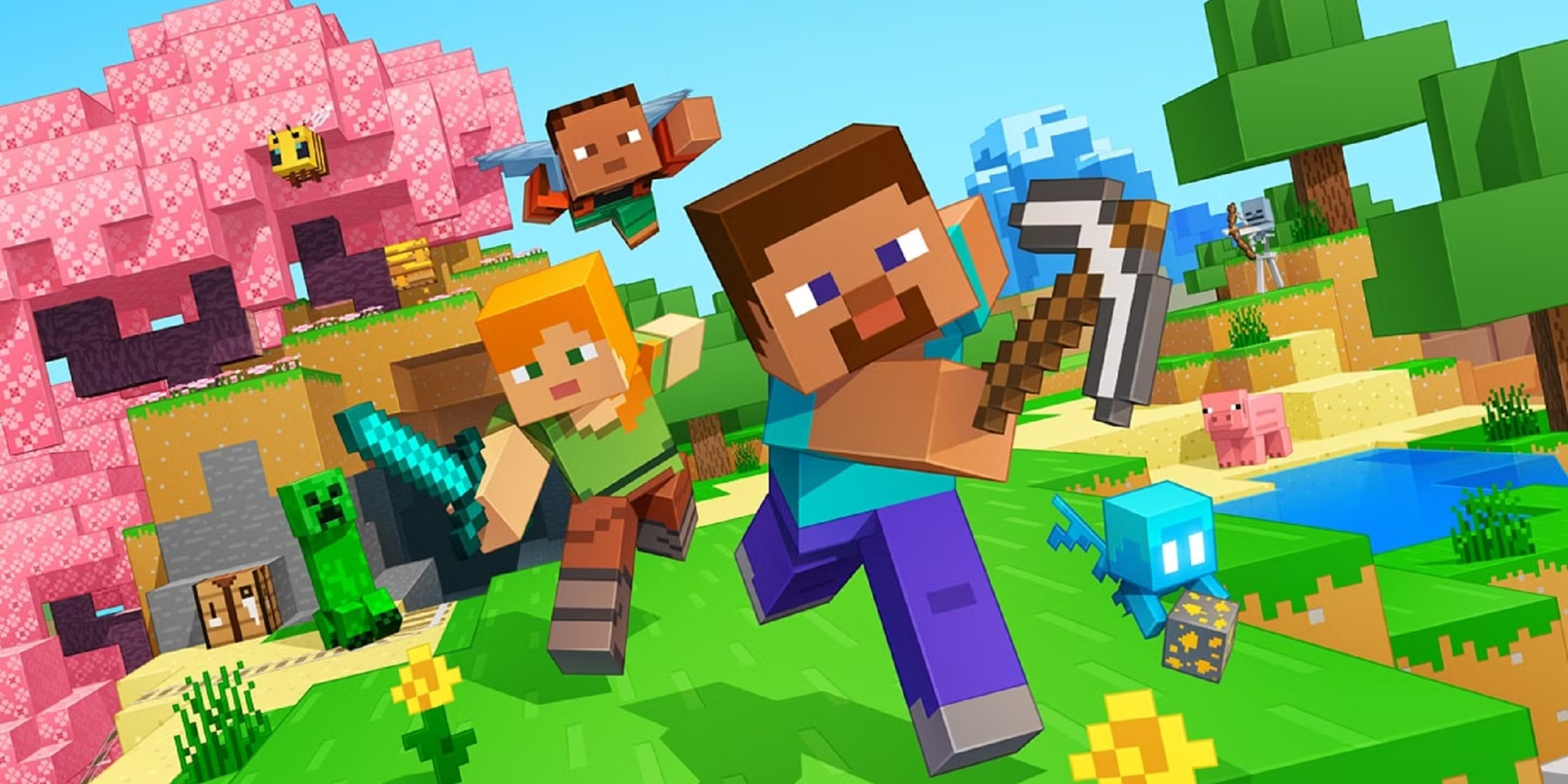
I bring up Minecraft a lot because it’s such a great kid-friendly option and is the most popular game in my household. Problem-solving happens almost constantly — “How do I gather materials and make a house?” And it’s creative — you can build that house any way you like. It’s rated 10+, but especially as a co-play activity or in Creative mode, it’s appropriate for younger kids, too.
Its open-ended design encourages exploration, initiative, and learning through experimentation.
Mario Kart

Bonus points for this one tickling parents’ nostalgia. In Mario Kart, Kids have to figure out their best racing and battle strategy — when’s best to launch that shell. Some racers are faster, some are slower. There’s a lot of deduction, timing, and decision-making involved.
It’s fast-paced and fun, but beneath the surface, kids constantly analyze and adapt to their environment and other players.
Animal Crossing
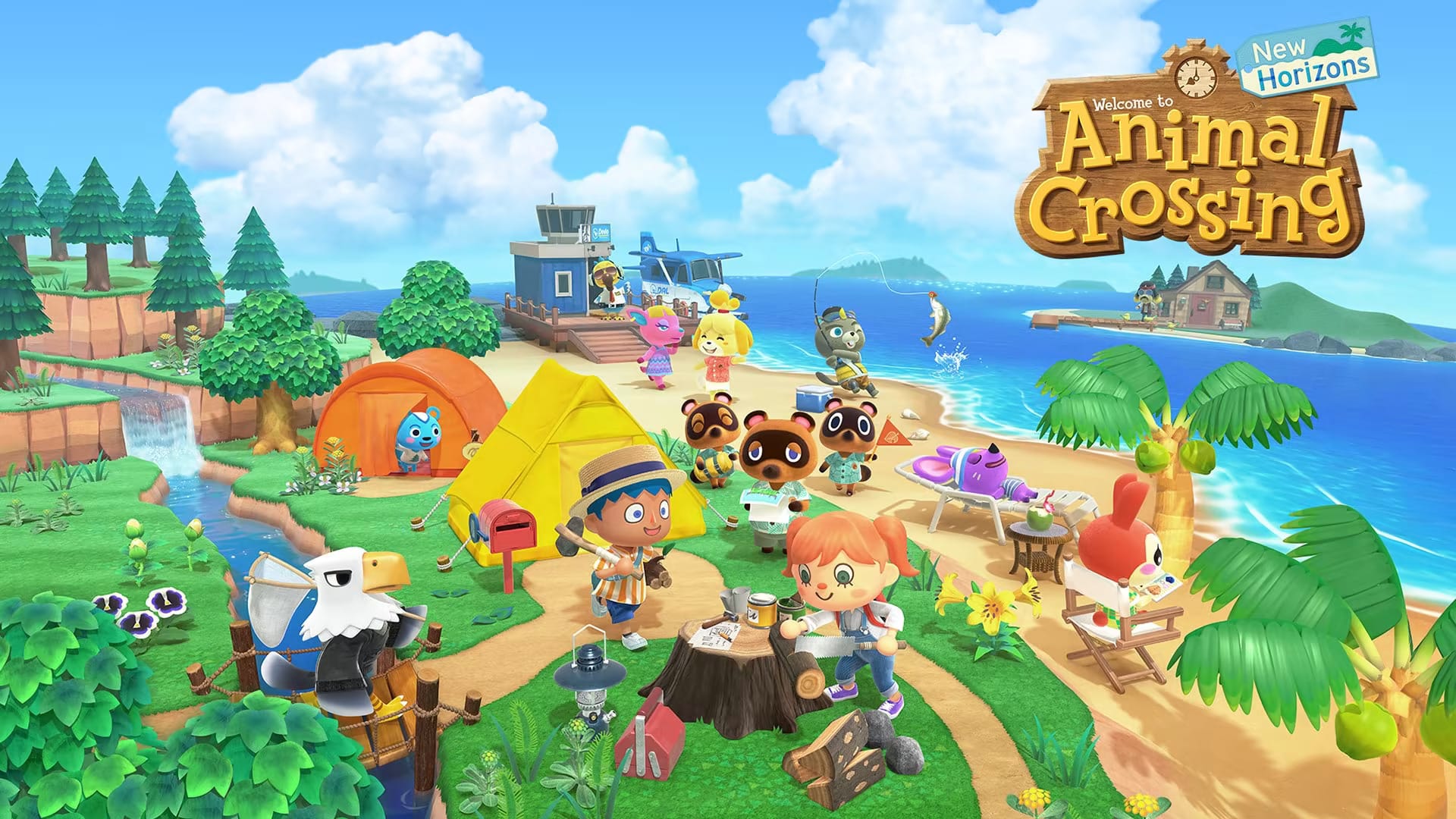
Animal Crossing is another great co-play experience that encourages slower-paced decision-making and creative problem-solving. Kids learn about financial literacy in basic ways, but also more complex topics like paying off a mortgage and even capitalism — all in fun, animal-themed environments. They also learn many basic human skills in ways that foster analytic reasoning, curiosity, and active listening.
Nurture
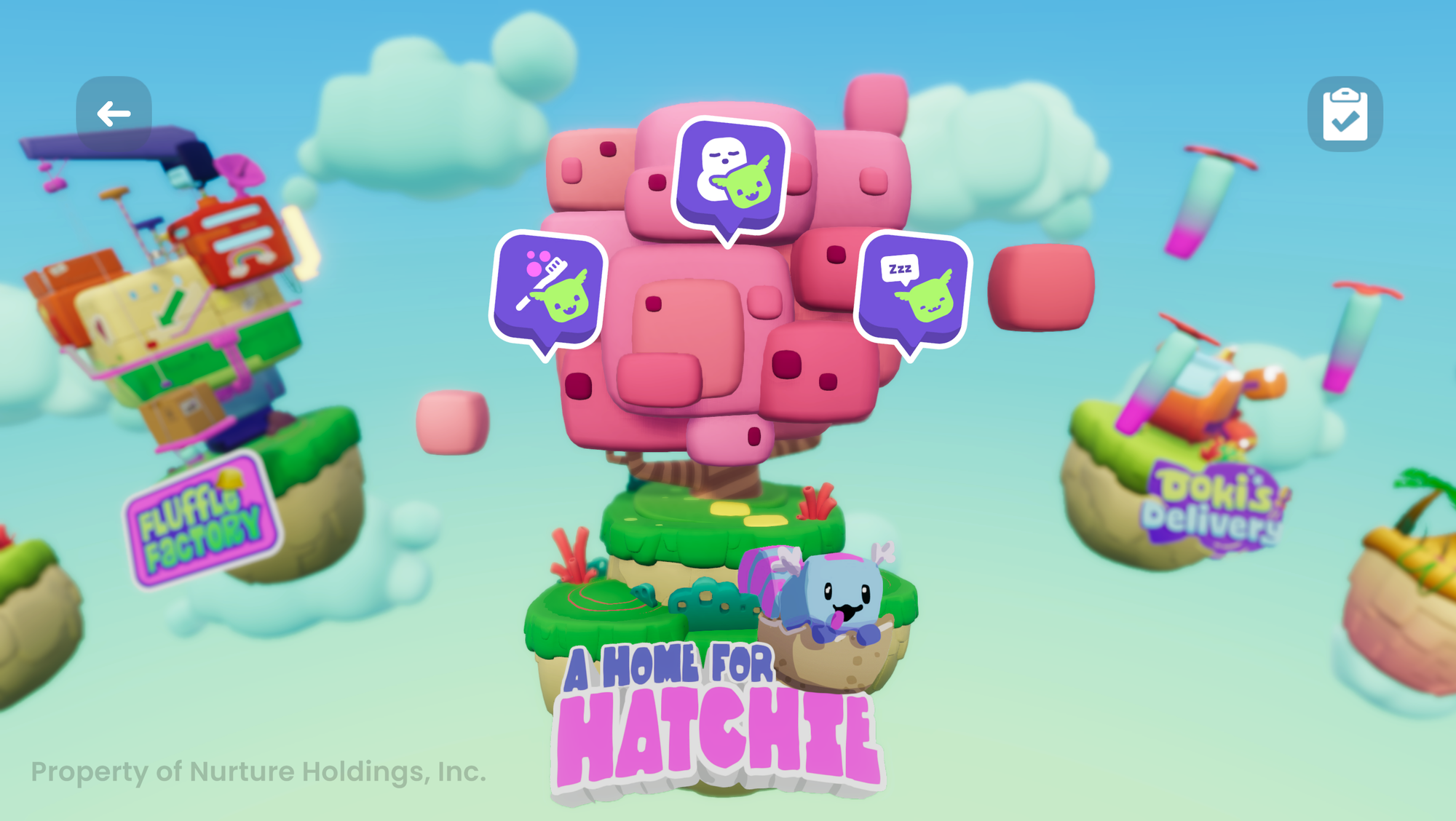
In the colorful, vivid world of Nurture, available as a mobile app, kids build logic, decision-making, and curiosity, as well as some more focused skills like financial literacy and healthy habit-making. Kids take on challenges that ask them to think through cause and effect, plan next steps, and solve problems through gentle trial and error.
Kids explore social and emotional concepts, too. Plus, it’s specifically designed for kids in this age group for playful, low-pressure, scaffolded learning.
Focus on what works for your kids. I don’t love Minecraft myself, but my husband has clocked hundreds of hours. However, you might catch me playing Angry Birds even when there’s no kid in sight!
If your kids love planning, puzzling, drawing, racing, and cause-and-effect type games, find ones that nurture that engagement.
How to Choose the Right Game for Your Child
When it comes to building critical thinking skills through digital play, it’s less about finding the “perfect” game and more about being intentional with screen time. A simple way to evaluate any game is to use the 3 C’s:
- Content – Is it age-appropriate, engaging, and skill-building?
- Context – Is your child playing solo, with siblings, with you? Is it part of a routine or a way to wind down?
- Connection – Does it spark curiosity, conversation, or ideas that carry beyond the screen?
Explore together. Notice how your child thinks, questions, and adapts. Screens are just one of many tools in your parenting toolbox, and on-screen games can be more and differently beneficial than just watching shows or movies.
Critical thinking isn’t just a classroom skill, it’s a life skill. And with the right kind of digital play, even young kids can start building it in ways that feel natural, fun, and confidence-boosting.





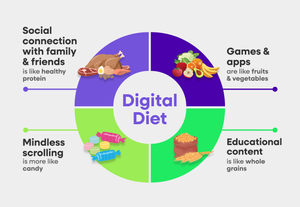
 Copy Link
Copy Link
 Share
to X
Share
to X
 Share
to Facebook
Share
to Facebook
 Share
to LinkedIn
Share
to LinkedIn
 Share
on Email
Share
on Email



